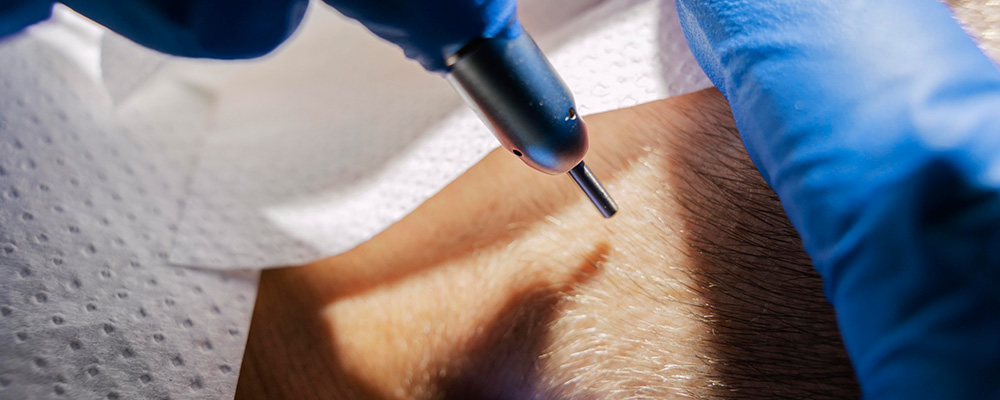
BEARD TRANSPLANTATION
Application of Beard Transplantation and DHI Method:
What is Beard Transplantation? Beard transplantation is a hair restoration method preferred by men to achieve a fuller and more orderly beard appearance in cases where the beard is sparse, grows unevenly, or is completely absent. Beards, which have a significant impact on appearance, are an important part of self-confidence and character expression for many men.
DHI Beard Transplantation: DHI (Direct Hair Implantation) is a modern and innovative method also preferred for beard transplantation. In this technique, hair follicles taken from the back of the head or other areas with denser beard, using a special tool called the CHOI pen, are directly implanted into the desired area. Some important points about DHI beard transplantation include:
- Root Selection and Transplantation: Hair follicles (grafts) of the appropriate size and structure for the beard area are carefully selected. These follicles are usually taken from the back of the head, which is often resistant to shedding.
- Direct Implantation: Using the CHOI pen, grafts are implanted one by one directly into the targeted beard area. This method provides more precise placement and a natural-looking result.
- Natural Growth and Aesthetics: Hair follicles implanted with DHI continue to grow naturally in the treated area. Over time, this results in a fuller and more regular beard appearance.
- Recovery Process: The recovery period after DHI beard transplantation is generally short. Patients can return to their daily activities within a few days. It is normal for the implanted follicles to shed in the first few weeks; this is part of the growth process for new and healthy hair.
- Results: The complete growth of the treated area may take a few months. Results may vary from person to person, and multiple sessions may be required for a full beard.
DHI beard transplantation offers an effective solution, especially for regional beard thinning or cases where the beard is completely absent. However, like any aesthetic procedure, this method should be performed by experienced professionals, and personal expectations, health conditions, and potential risks should be thoroughly discussed with the doctor.